July 2024 product updates
July 31, 2024

Here's what the Unified.to team has been up to in July!
TL;DR:
- Launch integrations faster by working through our updated onboarding launch checklist
- Familiarize yourself about key concepts and terms like Passthrough, Scopes, and Connections in our glossary
- Explore our developer guides to understand popular use cases, key features, and various API categories
- Discover nearly 200 enhancements to our integrations, complete with examples of use cases to help you implement the updates into your product
- Easily add our newest pre-built integrations to your application: JobScore and Namely
- Community updates: We held our first IRL meetup in Toronto!
Onboarding launch checklist
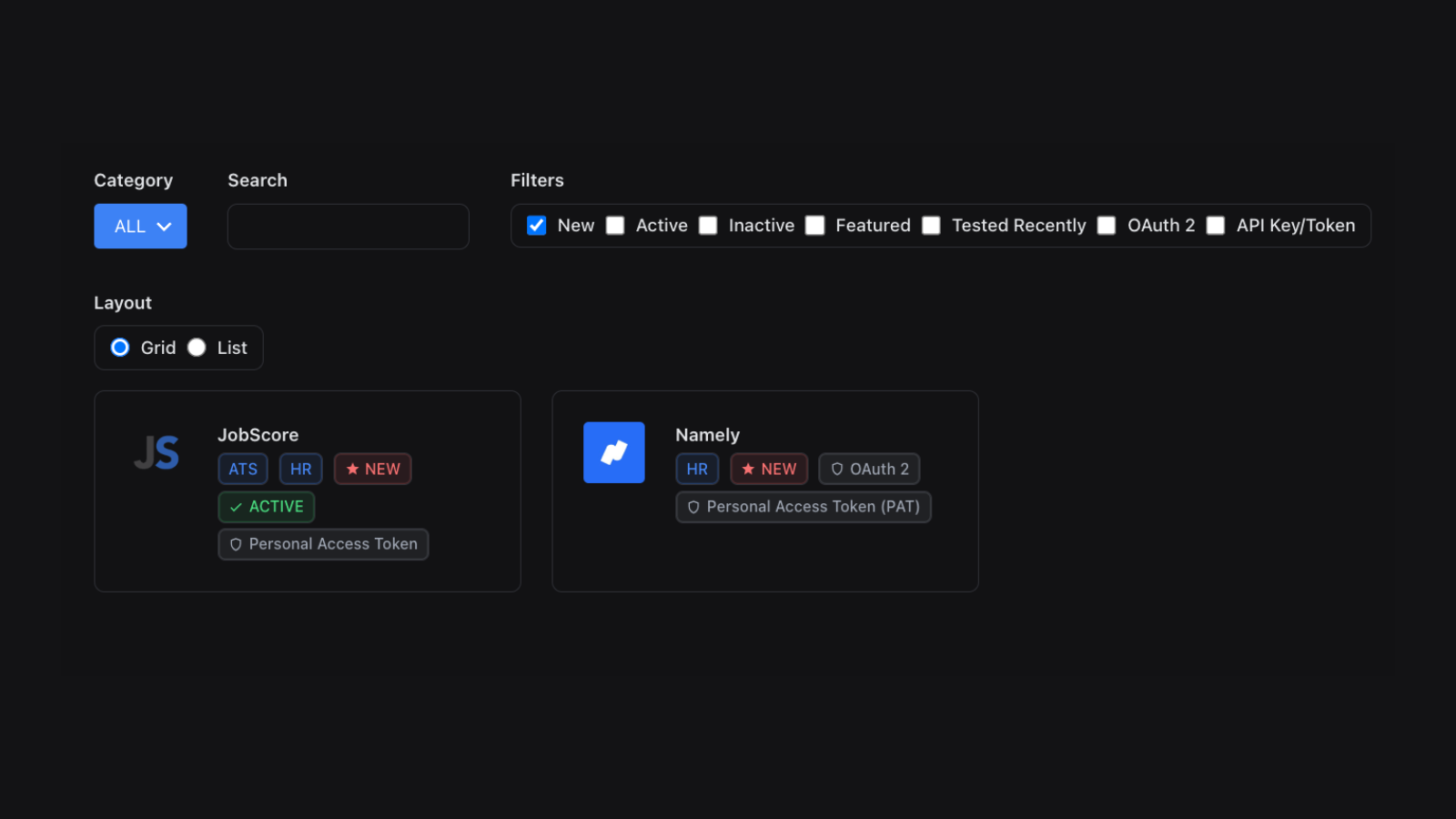
After speaking with several of our customers we learned that their teams could benefit from a detailed launch checklist to support planning for and executing on an integration roadmap. We've outlined everything needed to build, test, and launch integrations with Unified.to seamlessly.
What the checklist includes:
Build steps: configuring your Unified.to Workspace, using our embedded components to authenticate your customers' accounts, and transforming our data models into your data models.
Testing steps: testing user connections from your integrations in a sandbox environment.
Launch steps: running your final tests in Production and guidance for your public-facing integrations launch.
Create a free account or sign to access the integration launch checklist. If you have any feedback about our product onboarding, our Developer Advocate, Andy, would love to hear from you on Discord.
API Glossary
Despite industry standards, we know that there's a wide gamut of terminology used when it comes to APIs and it can be confusing if you're new to integration development or using a unified API provider for the first time. That's why we've created a glossary in our API documentation that defines the key terms you'll frequently see in our documentation and application. We'll continue to update the glossary based on user feedback.
Guides
Whether you're just getting started with Unified.to, trying to figure out how to filter webhook events, or want a straightforward guide to getting OAuth 2 credentials for your Microsoft integrations. We regularly publish developer guides that can be found under Help Center in our API Documentation.
Recent articles based on frequently asked 'How do I do…..?' questions:
- How to filter webhooks events
- Pushing API logs to your Datadog instance
- How to use our passthrough API
New integrations
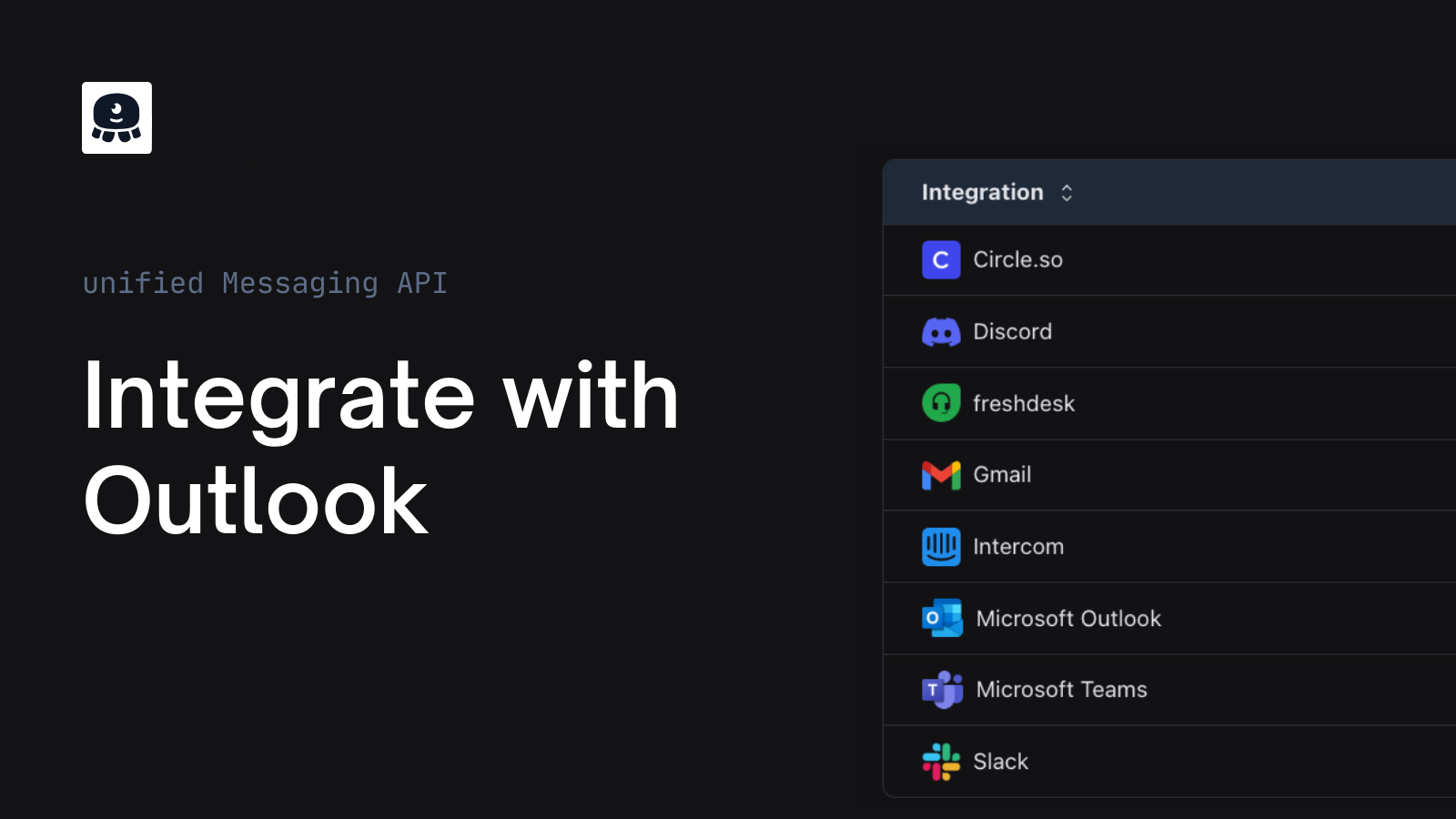
By leveraging our unified API software teams can add hundreds of pre-built integrations from more than 16 API categories to their applications in days, without months of development effort and years of long-term maintenance.
In July, we expanded our 200+ integrations to include:
Integration enhancements
There were 199 integration enhancements this month! See a comprehensive list of enhancements on our changelog. Here are a few highlights with use case examples.
Integration: QuickBooks (unified E-commerce API)
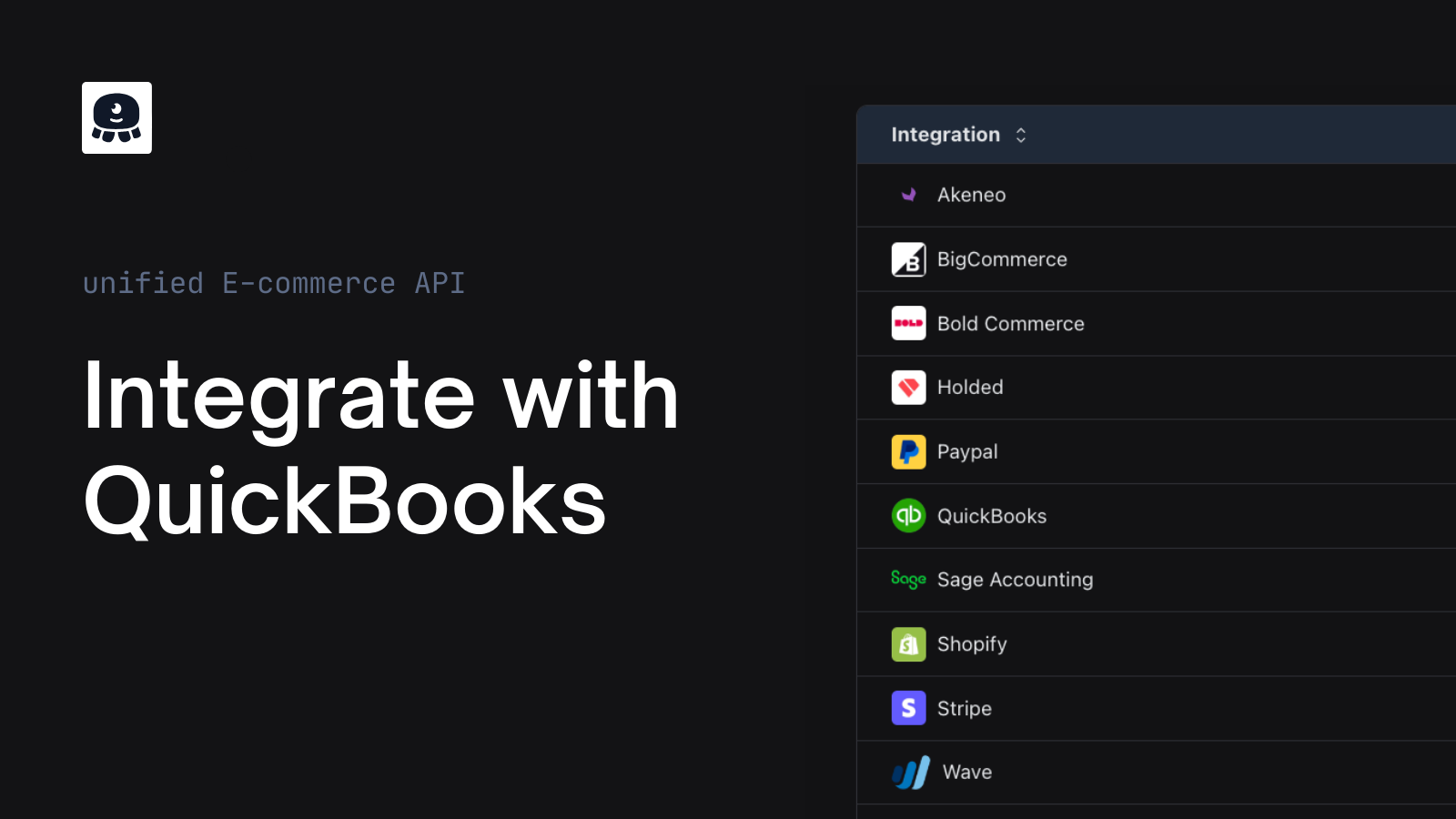
Object: Item
QuickBooks Item now includes new readable fields for vendor_name and type. Additionally, it offers new writable fields for vendor_name, variants, type, public_name, public_description, name, is_taxable, is_active, and description. QuickBooks has also added a create method for Item.
Example use cases:
- E-commerce applications: automate product categorization by
vendor_nameandtypeand add new items using thecreatemethod with the new writable fields. - Procurement systems: provide enhanced supplier and item management by tracking items using new readable fields and create new items with the new writable fields.
Unified.to makes it easy to add 12+ e-commerce integrations including Shopify, Akeneo, and Bold Commerce to your application through a single API.
Integration: Microsoft Outlook (unified Messaging API)
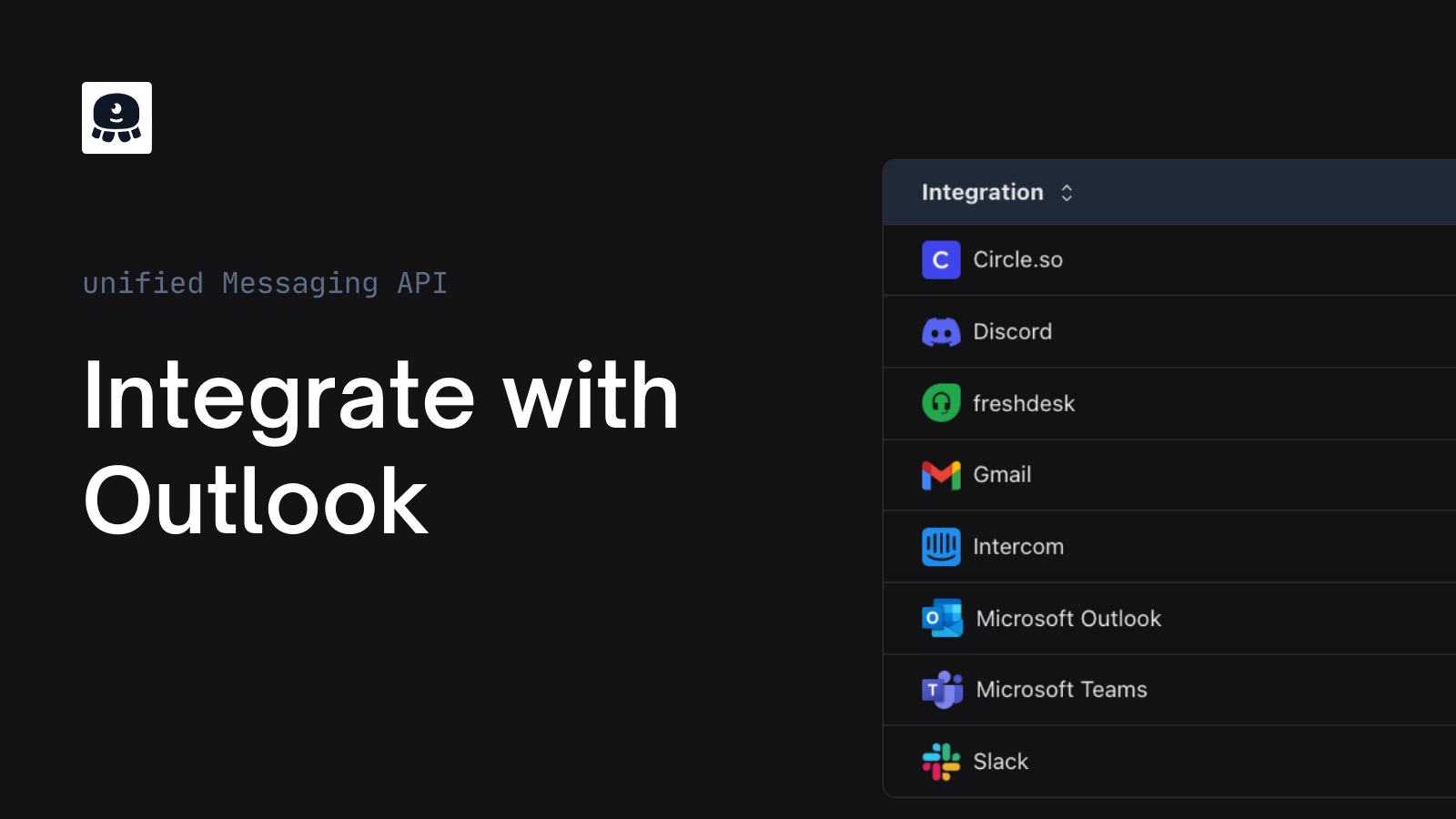
Object: Message
Microsoft Outlook Message now has read and write support for parent_message_id. This update enables more enhanced data tracking capabilities.
Example use cases:
- Customer support applications: utilize
parent_message_idto track emails threads more effectively and group related messages to facilitate better organization and quicker resolution of support tickets. - AI-powered email analysis: By using the parent ID, AI models can better understand the sequence of conversations to enable more accurate sentiment analysis, intent recognition, and response generation.
Docs: Messaging API
Integration: Linear (unified Task Management API)
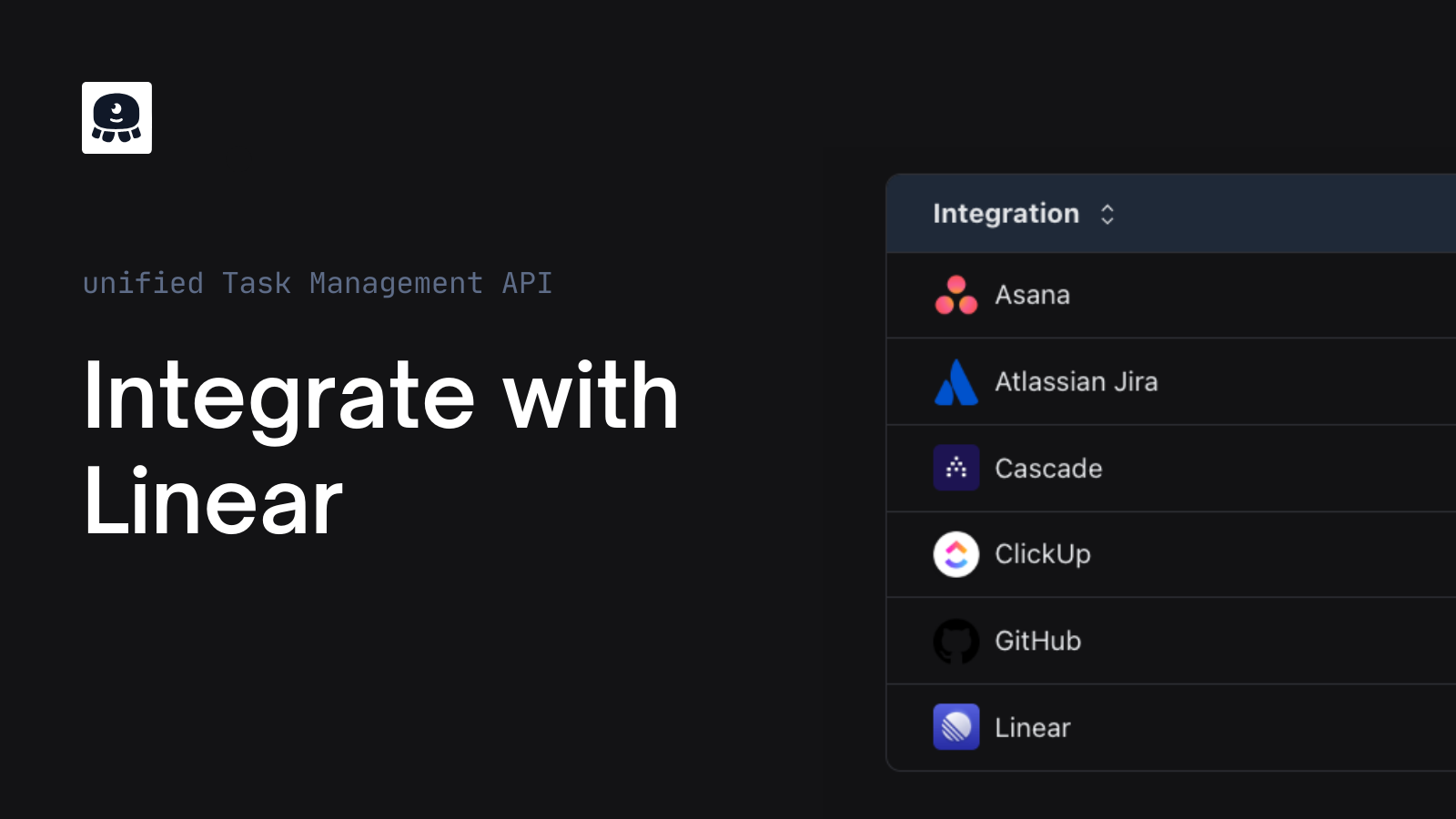
Object: Link
The enhancement to the pre-built Linear integration for the Task object includes:
- New Writable Fields:
url,project_id,priority,parent_id,notes,name,follower_user_ids,due_at,creator_user_id,completed_at, andassigned_user_ids - New Method:
createmethod for Task
These enhancements provide more detailed project management and task tracking within your applications.
Use case examples:
- Team collaboration platforms: Leverage new writable fields such as
follower_user_ids,assigned_user_ids, andnotesto enhance user engagement. By tracking task followers and assignees, your users can improve accountability and communication. - AI productivity tools: AI models can use priority and
due_atto dynamically adjust task schedules based on workload and deadlines. The create method allows AI assistants to automatically generate tasks from user inputs, emails, or other sources like knowledge management systems.
Docs: Tasks API
Community updates

We had our first developer and tech community meetup in Toronto this month. Over the last year, we've participated in other conferences and community events, including Editions by Shopify, but last night, we hosted our first IRL meetup, APIs & IPAs: AI for Frontend Teams & Data for AI Agent, in partnership with Rangle. There were more than 100 attendees. We're grateful for everyone who showed up to connect and learn more about how to leverage AI and APIs!
Ready to get integrations out of the backlog and grow your application? Most Unified.to customers launch all their integrations in a week. Try Unified.to for free or request a demo.
